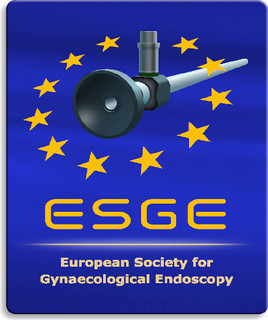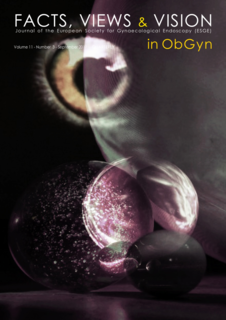Reproductive outcomes of patients with T-Shaped and septate uterus following metroplasty: an observational study
Hysteroscopy, infertility, metroplasty, uterine septum, T-shaped uterus
Published online: Mar 31 2020
Abstract
Introduction: Uterine malformations are common and may contribute to infertility and adverse pregnancy outcomes. After an accurate diagnosis, correcting the abnormal uterine morphology is the main goal to optimize reproductive outcomes. The principal objective of this study was to assess the impact of metroplasty for T-shaped (U1a) and septate uteri (U2) on live birth rates in infertile patients.
Methods: This was a prospective observational study of infertile women with either U1a or U2 uterine anomaly. Patients with unexplained infertility and repeated (IVF/ICSI) failure were included. Hysteroscopic metroplasty was performed by a single experienced surgeon. Fertility outcomes of all cases were evaluated prospectively evaluated. The main outcome parameter was a live birth rate either achieved spontaneously or with assisted conception.
Results: A total of 48 patients were included in U1a group and bilateral longitudinal uterine-lateral wall incision was carried out. A total of 63 patients were included in the U2 group and septum incision was carried out, 60 out of these 63 patients with U2 uterine anomaly required further lateral wall incision during septoplasty. During the first 12 months following surgery, nearly half of the patients in both groups achieved spontaneous pregnancy; 45% in the U1a group and 39% in the U2 group delivered at term.
Conclusions: Hysteroscopic metroplasty offers promising reproductive outcomes in the presence of U1a and U2 uterine anomalies for those with unexplained infertility and repeated IVF/ICSI failures. In addition, uterine septum cases should be carefully evaluated intra-operatively to detect and repair concurrent lateral uterine wall anomalies.



